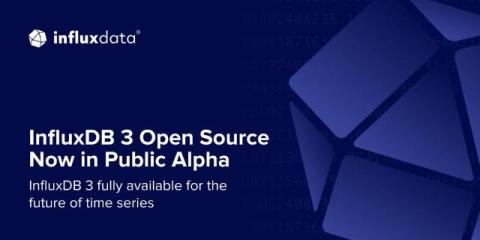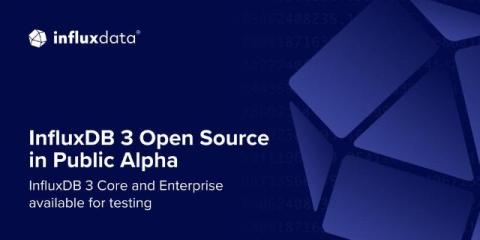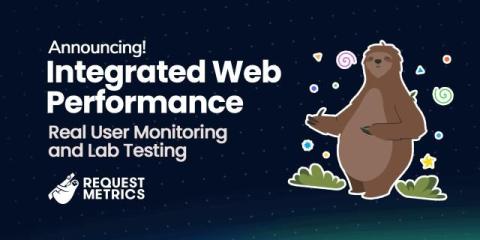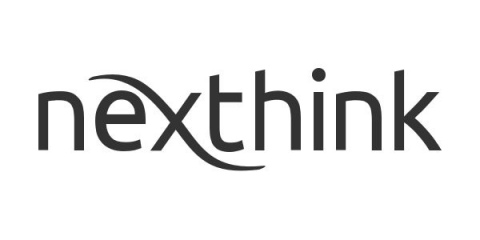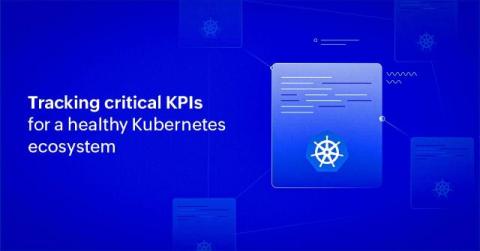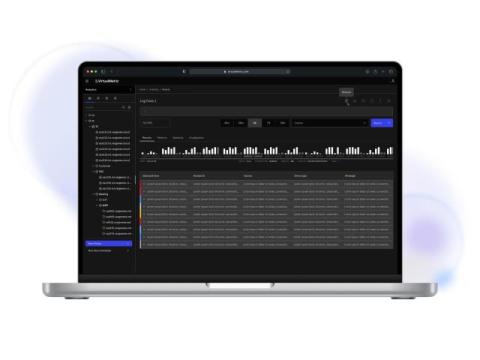InfluxDB 3: Fully Available for the Future of Time Series
Today, we are announcing the public alpha of the newest additions to the InfluxDB 3 time series database product line: InfluxDB 3 Core, our latest open source product, and InfluxDB 3 Enterprise, a commercial version built on Core that provides enhanced functionality for enterprise-scale applications.


